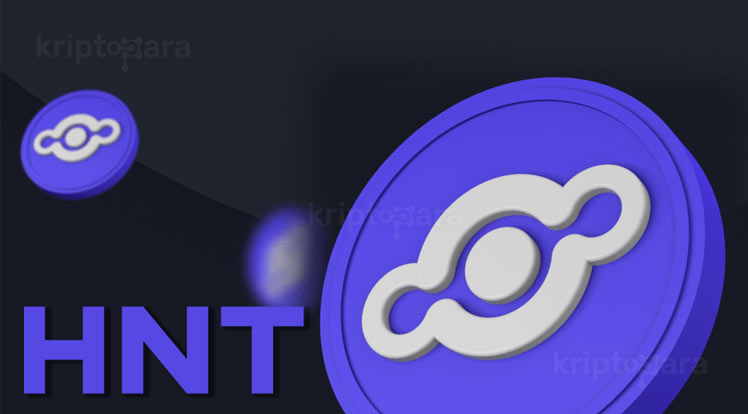
The announcement of a proposal to move all of its tokens to the Solana blockchain in late August may well have deterred investors, and HNT closed August at $5.26 as it went on its way to a low of $3.28 on 6 September. Any recovery was pretty unimpressive, although it did trade at above $10 at various points over the next few months. Later in 2022, the depegging of the UST stablecoin and the collapse of the associated LUNA cryptocurrency created market turmoil which saw the HNT price drop to $6.59 on 12 May. While the coin reached a high of $45.06 on 5 January 2022, it reversed to $28.31 on 17 February, despite the upbeat news of $200m raised in a funding round in February. In November, a combination of upbeat news – Helium’s partnership with 5G carrier DISH, and a buoyant market – boosted HNT to an all-time high of $55.22. After that, though, market contractions triggered by concerns about the Omicron variant of Covid-19 pushed the coin to close the year at $37.86.Ģ022 was a poor year for crypto generally, and HNT is no exception. In early 2021, helium took advantage of the general bull market and reached highs of over $15 in April and May, before the market took a downturn and the HNT price slumped. The sentiment, however, shifted in August and the token broke through the $1 barrier for the first time. The token reached an all-time low of $0.2534 on 10 June 2020. When HNT first came onto the open market in July 2019 it was worth about $0.27. While past performance should never be taken as an indicator of future results, knowing the coin’s price in the past can provide context when it comes to either interpreting a helium price prediction or making one of our own. Let’s now cast our eyes over the HNT price history. Therefore, barring the immediate short-term, it is not entirely accurate to refer to such things as helium coin price predictions. It is worth noting that the switch to Solana will see HNT move from being a coin to a token. Burned HNT are recycled into rewards for hotspots as the issuance of new coins decreases over time. These are used as transaction fees by devices so they can send data to the network and are created by burning HNT.

In addition to HNT, the platform also has fixed-value data credits.

Each hotspot involved in the challenge earns a portion of the HNT allocated for the task.īy monitoring the PoC activity of other hotspots. PoC is used to validate wireless coverage, which amounts to approximately 0.9% of earnings.īy participating in PoC challenges and validating others’ wireless coverage. Generally, HNT can be earned in three ways:īy transferring data from devices on the Helium network. People with hotspots receive an amount of helium coins based on how much they contribute to the network. The coins can be exchanged for data credits, US dollar-pegged utility tokens, which are what aid the hotspot device to surf the Helium network, or US dollars. Helium hotspot owners earn HNT for providing internet connectivity to neighbouring devices. Once a user buys a Helium hotspot, they become part of the People’s Network and thus have the opportunity to mine the blockchain’s native cryptocurrency, helium, also known by its ticker handle HNT.

Helium uses an algorithm-based mechanism called proof-of-coverage (PoC) to check the locations and legitimacy of hotspots. The company aims to create a “people-powered network” by strengthening communities through shared internet hotspots, instead of using big cellular towers to create wireless internet connections. The Helium blockchain, however, didn’t launch until six years later on 29 July 2019, when it began to power the largest, public, decentralised long-range wide area network (LoRaWAN) globally. The idea was to create a platform that would make building internet-connected devices much easier. Helium’s origins date back to 2013, when the project was founded by game designer Amir Haleem, Napster founder Shawn Fanning and developer Sean Carey. For instance, smart fridges that can message users if their doors open, or digital voice-controlled assistants such as Amazon’s Alexa or Google Home. There are, however, a growing number of devices that connect to the internet that are not computers in any traditional sense.
#HELIUM COIN PORTABLE#
Even smartphones, which have boomed in the last 10 years, are, in effect, portable computers.

Traditionally, people have used their laptops and desktops to go online. The original system was designed to work with the internet of things (IoT), which at its heart is a computing phenomenon. The Helium blockchain is a de facto moribund chain, following a community vote which saw proposals to have the network it hosted migrate to the Solana (SOL) blockchain, with the official transfer to take place on 18 April 2023.


 0 kommentar(er)
0 kommentar(er)
